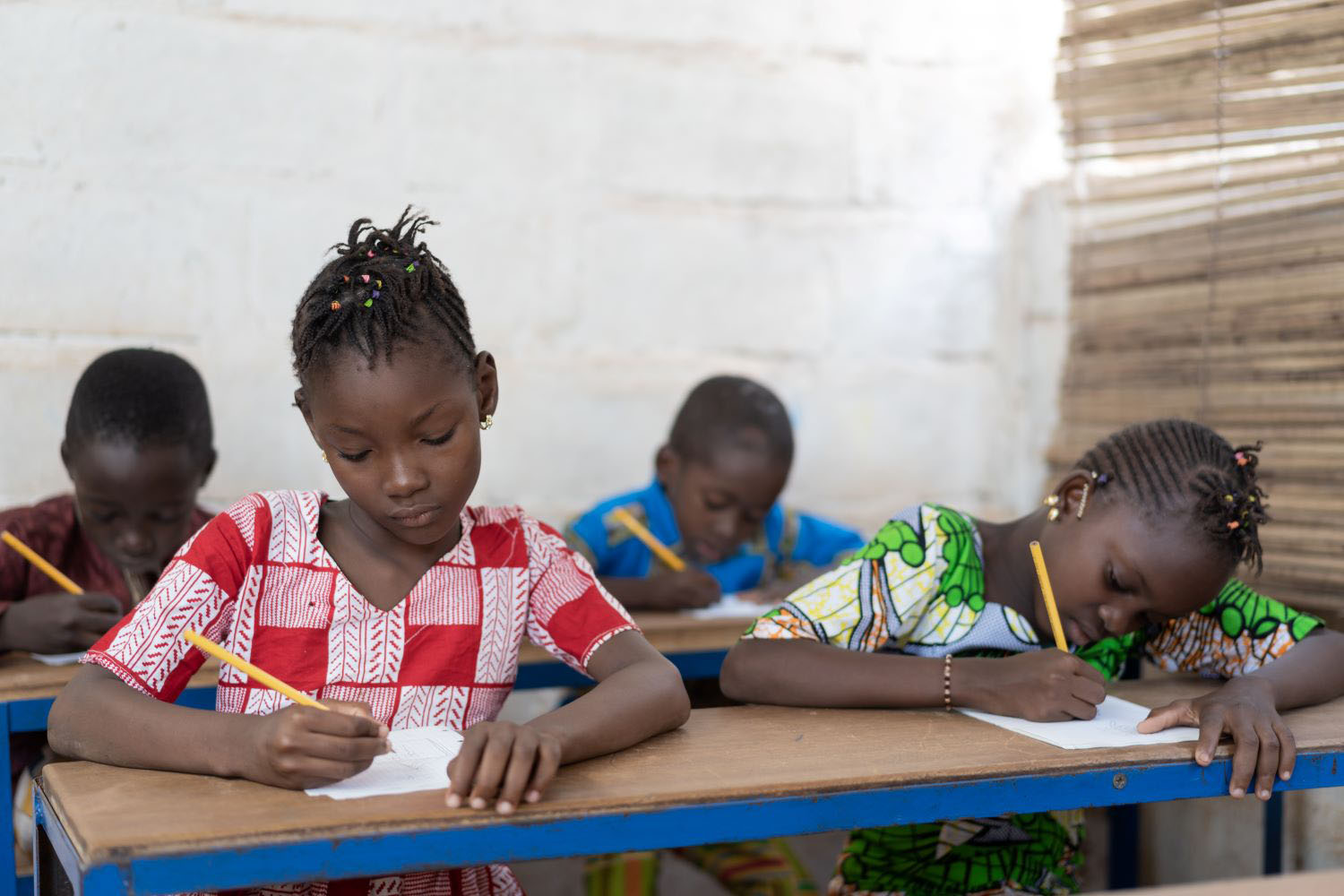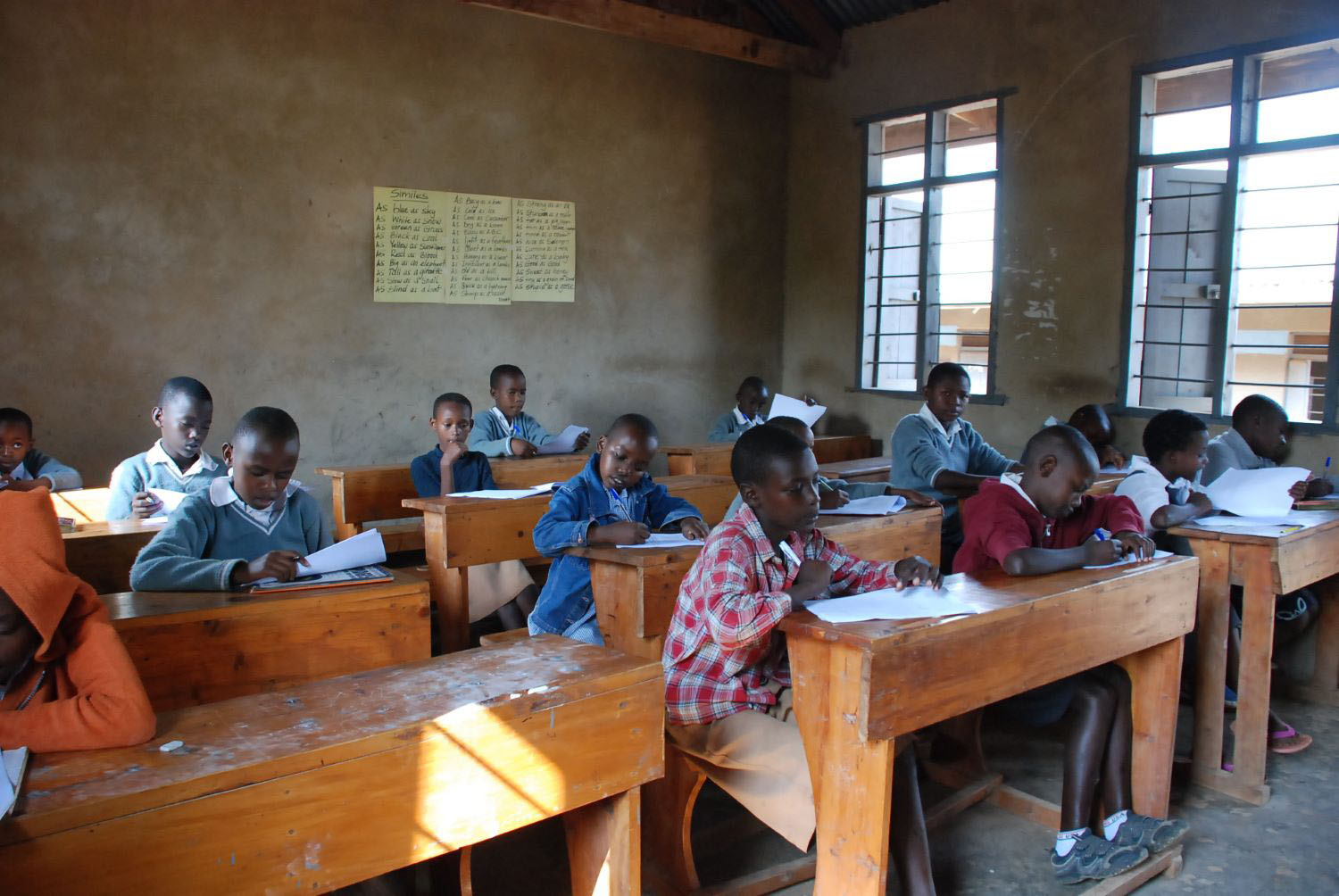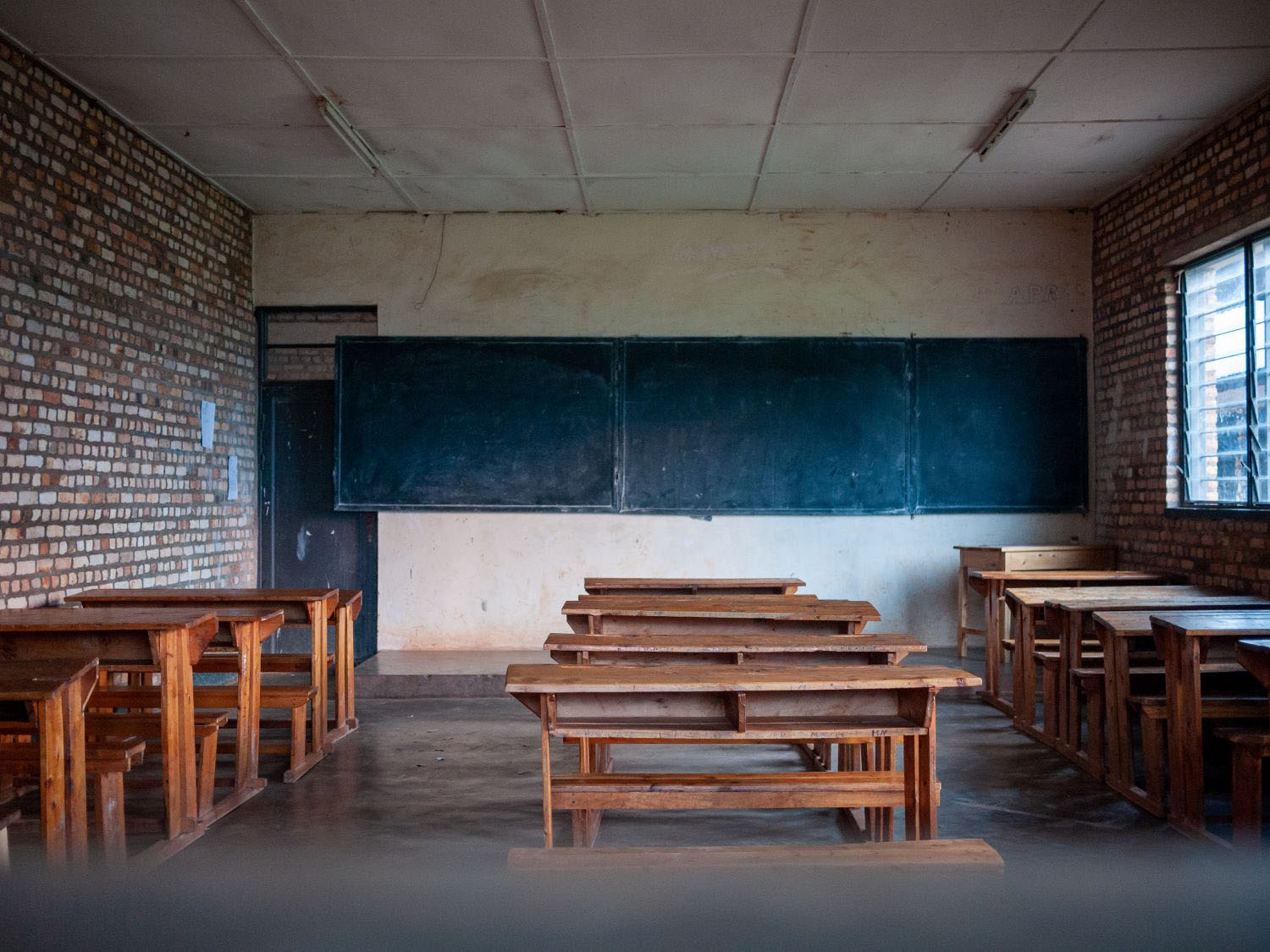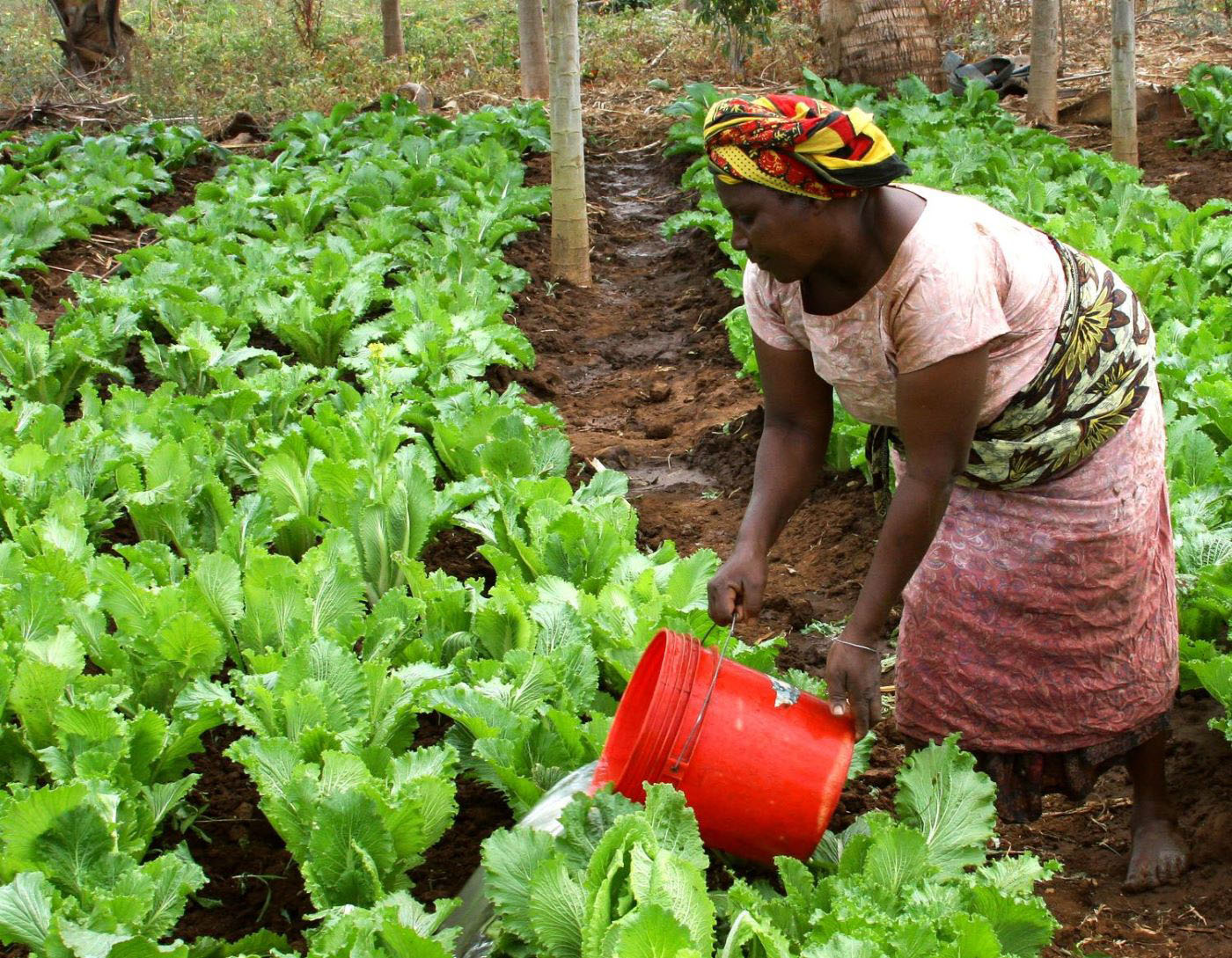Recommended
Last week, the president of Malawi announced the country would impose a strict 21-day lockdown starting on April 18 to stem the spread of coronavirus. The ministry’s position is informed by global and Malawi-specific disease transmission models (see here and here), suggesting that without severe social distancing measures, COVID-19 could cause upwards of 50,000 deaths (with around 76,000 as a worse but possible case scenario). The day before the lockdown was set to be enacted (April 17th), the High Court granted the Human Rights Defenders Coalition a seven-day injunction to stop the government from implementing the lockdown. The injunction which expires today, April 24th, was at least partially triggered by countrywide protests against the plans and the absence of a government plan to protect the poor during the shutdown. What happens in Malawi, one of the poorest countries in the world, with GDP per capita just $389 (compared to the US and EU where it is $63k and $35k, respectively), matters as more African countries are pondering measures for managing the forecast outbreak which has already hard hit the global North. In this blog, we outline the main aspects of Malawi’s proposed lockdown policy, and examine the extent to which a country such as Malawi is prepared and able to live under such measures.
| Malawi’s Lockdown Policy |
|---|
| ✔ Closure of central markets; only local markets open with limited hours |
| ✔ Limited hours for crop harvesting, livestock grazing, and maize mill operation |
| ✔ Closure of bottle (liquor) stores, pubs, bars, clubs and all hospitality facilities. Restaurants closed except takeaway |
| ✔ Restricted movement of people except providers of essential goods and services, and those acquiring basic necessities |
| ✔ Permission from Local Council required to acquire essential services inside home districts, and from CEO/District Commissioner for services outside |
| ✔ Suspended gatherings >10. Funerals limited to 50 people and to comply with social distance restrictions |
| ✔ Public transport restricted to 5-9 am and 4-7 pm, only for essential service staff and emergencies |
We have already seen upper-middle- and high-income countries such as China, Spain, Italy, and the US applying social distancing strategies in order to control COVID-19. However, for several reasons, the impact on a country like Malawi, and other poor sub-Saharan African countries of both the outbreak itself and social distancing measures to control it, is likely to be different. First, the projected mortality rates from COVID-19 in sub-Saharan Africa are much lower, due to the much younger population of the region; just 1.5 percent of the Malawian population is over 75, above which the risk of dying from COVID-19 increases dramatically. Second, social distancing policies in high-income countries (HICs) have been designed to prevent developed health systems from becoming overwhelmed, and to bide time to organise potential responses such as scaling up ICU beds and mass testing, and procuring personal protective equipment (PPE) for healthcare staff. Social distancing measures do not reduce aggregate deaths in-and-of-themselves unless sustained until a vaccine is developed and administered to the population. The latter (i.e. a long term shut down) is not an option even for most wealthy countries, whilst buying time to scale up ICUs may also be less relevant in the context of Malawi where tertiary care capacity is overstretched and dramatically low to start with (25 ICU beds and 17 ventilators). Third, while most people in HICs can afford their basic needs while socially distancing, either because they can work from home or have some savings to cushion them in addition to unprecedented government support, this would be significantly more difficult in Malawi, where the vast majority of the economy is informal. Furthermore, from a practical standpoint, most Malawians live in multigenerational homes, which makes social distancing difficult, if not impossible. Thus, there is a need for commonsense policies that are tailored to Malawians’ needs and context rather than applying a one-size-fits-all approach of Western-style lockdowns.
Livelihoods and health access at risk
Closing central markets and restricting the movement and trading of the population puts people’s livelihoods at stake, as evidenced by widespread protests following the initial lockdown announcement. In a country where 89 percent of the economy is informal (over 15 million people), closing markets and nonessential businesses, limiting harvesting, and restricting movement could quickly drive many into poverty and famine. Evidence has already emerged of 35,000 jobs lost in the hospitality business (with many more informal workers likely to lose their livelihoods) and an unprecedented reduction in remittances is expected, both resulting from the measures taken in HICs to contain the outbreak before it has peaked in African nations. Rising unemployment, and a reduction in household revenues alongside a lockdown will lead to food insecurity, malnutrition, and starvation.
A lockdown will also have adverse effects on access to healthcare, reversing hard-fought gains in public health over the last couple of decades. Restricted movement could limit access to routine (vaccination campaigns, diagnoses, maintenance, care and treatment) and emergency (labor complications) health services. Furthermore, even if demand for health services were uninterrupted, hospitals may not have adequate staff. The upset caused by lack of PPE and proper COVID-19 training, as well as low “risk allowances” (a salary top-up to compensate for the risk of treating COVID-19 patients) led health workers to nearly nationwide strikes earlier this week.
Interestingly, demographic and health survey (DHS) index can be used to evaluate Malawi’s population readiness for lockdown
Below we replicated for Malawi a quick and interesting methodology for assessing lockdown “readiness” using a DHS-based index for Mozambique. The index pulls five indicators from DHS: households with electricity; households with safe drinking water; households with improved sanitation; households with a fixed or mobile phone; and households with a refrigerator (we replaced an indicator for household employment from the original analysis). It then disaggregates percentages of the population by urban, rural, and total, and concludes levels of readiness based on the percentage of households that had zero, three, and five of the indicators as not at all ready, partially ready, and full ready, respectively. Here is a snapshot for Malawi:*
| Access to: | National % |
Urban % |
Rural % |
|---|---|---|---|
| Electricity | 12.8 | 57.6 | 4.1 |
| Safe drinking water | 9.4 | 47.5 | 2.0 |
| Improved sanitation | 3.5 | 17.3 | 0.9 |
| Fixed or mobile phone | 53.5 | 86.7 | 47.1 |
| Refrigerator | 5.5 | 29.0 | 1.0 |
| Readiness | |||
| Fully ready (all 5 indicators) | 2.3 | 13.8 | 0.1 |
| Partially ready (3 of 5 indicators) | 3.6 | 16.3 | 1.1 |
| Not at all ready (0 of 5 indicators) | 44.8 | 9.2 | 51.6 |
What this suggests is that nationally, only 2.3 percent of the population is fully ready for the lockdown while 44.8 percent is not at all ready. Looking at urban/rural disparities, 13.8 percent of the urban population is fully ready, but just 0.1 percent of the rural population is. Of course, this is a crude measure, but it could be replicated in other countries, or perhaps even expanded with different indicators from DHS to evaluate readiness for alternative mitigation and suppression strategies.
Estimated deaths from COVID-19 may not outweigh potential deaths and suffering caused by lockdown policy
It is not clear whether the government’s estimate that 50,000 people could potentially die from COVID-19 has considered the unintended effects of the lockdown. In other words, what will be the difference in the cost of human lives from COVID-19 and the cost of human lives from restricted movement, market shut downs, and lack of access to essential health services; it’s this net health impact that matters. Focusing only on COVID-19 deaths saved by a lockdown has been common practice among leading models informing policy responses in HICs, though disease and intervention-specific estimates have come out recently on maternal and child health, immunization, and malaria. Lessons from the Ebola outbreak and current reports/anecdotes from other countries are highlighting wide-ranging essential health services that may be affected by government lockdowns across LMICs. Services at risk include maternal and child healthcare; routine vaccination campaigns; prevention and treatment for HIV, TB, and malaria; and cancer care. Whilst unintended consequences were not modeled to inform the duration and stringency of suppression strategies, they must be modeled now to inform exit strategies; doing so will highlight which services must be prioritized to mitigate the ill effects during and after lockdowns.
Politics of a fresh election could exacerbate it all
COVID-19 comes at a challenging time politically for Malawi. Following months of unrest and mass protests against the May 2019 “Tipp-Ex” election, the Constitutional Court of Malawi became the second in African history to overturn election results in February 2020. While the new elections are scheduled for July 2, last week President Mutharika’s appeal of the decision was heard in court, but a ruling has not yet been made.
The interaction of the upcoming election and COVID-19 is concerning. If lockdowns were to go ahead, it would hinder election preparations including voter registration (with not many countries able to emulate the South Korean experience!). An election amidst lockdown could also perpetuate protests against COVID-19 mitigation strategies, which could in turn be catalysts for the spread of the disease. Even in the absence of a lockdown, if civil society and government workers continue to be dissatisfied by alternative COVID-19 mitigation policies, or if the Constitutional Court rules on the president’s appeal of the new election, political unrest could continue anyway and affect the spread of the virus.
There will not be a perfect model for Malawi that accounts for the health and economic effects of COVID mitigation and suppression strategies in time for its government to make the swift decisions needed before the court injunction expires. More modelling should continue (and is continuing according to feedback from Cooper/Smith), but in the meantime and given the population’s rejection of the lockdown, the government should develop a revised strategy which:
- Protects the poor and vulnerable. This requires a combined health and economic strategy. Contextspecific mitigation strategy options that don’t require severe lockdown and social distancing have been set out by the Africa CDC, and creative approaches to protect the vulnerable can be also be leveraged. This should be paired with an economic strategy to protect those out of work, such as cash transfers.
- Uses a fitfor-purpose approach to COVID19 mitigation. This should focus on scaling up basic interventions such as WASH; oxygen and suction in normal (nonICU) hospital settings; PPE for staff protection and infection prevention in hospitals; measures to keep people out of hospital as much as possible, and shifting tasks to less specialized health and community health workers.
- Is informed by net health impact from COVID19 and non-COVID-19 diseases. Malawi can use its own routine data (as encouragingly seems to be planned by Cooper/Smith) to provide realtime information about any dips in essential health services, which can be modelled and assist the government in prioritizing services during the response and its aftermath. It could also source rapid strategies for calculating potential indirect mortality effects such as those done for RMNCH here.
- Engages the public and communicates the approach transparently. As demonstrated through protests of civil society and health workers, there is a need to engage the public to ensure alignment between government policies and the needs of its population. In the absence of such engagement, further unrest could lie ahead.
Malawi is not alone; other countries across sub-Saharan Africa are faced with the same challenge: balancing livelihoods and the spread of COVID-19. All have taken slightly different approaches to policy depending on their local context, and innovative solutions abound. Testing has been ramped up in South Africa. Rwanda has leveraged its sophisticated social protection scheme to feed the most vulnerable and has developed a low-cost, locally made ventilator. Other African countries are offering food assistance, emergency income grants for the unemployed, and delaying tax payments. This will not be easy for the African continent, but there is an opportunity to collaborate, learn from different approaches, and change tack as the pandemic evolves.
The authors would like to thank the team at Cooper/Smith for engaging with us, providing transparency on their approach, and clarifying our questions on the modelling done thus far in Malawi. We understand there is a lot of ground work that has already been done and will continue to be done to answer the government’s pressing questions, which may well answer some of the concerns we have raised in this blog. The authors are also grateful for input of DHS data from Alexis Le Nestour.
* Based on 2017 DHS. Safe drinking water includes water piped into houses or neighborhoods or bottled water. Household employment includes anyone working in the household who is not in subsistence agriculture.
Disclaimer
CGD blog posts reflect the views of the authors, drawing on prior research and experience in their areas of expertise. CGD is a nonpartisan, independent organization and does not take institutional positions.
Image credit for social media/web: Victor via Adobe Stock





